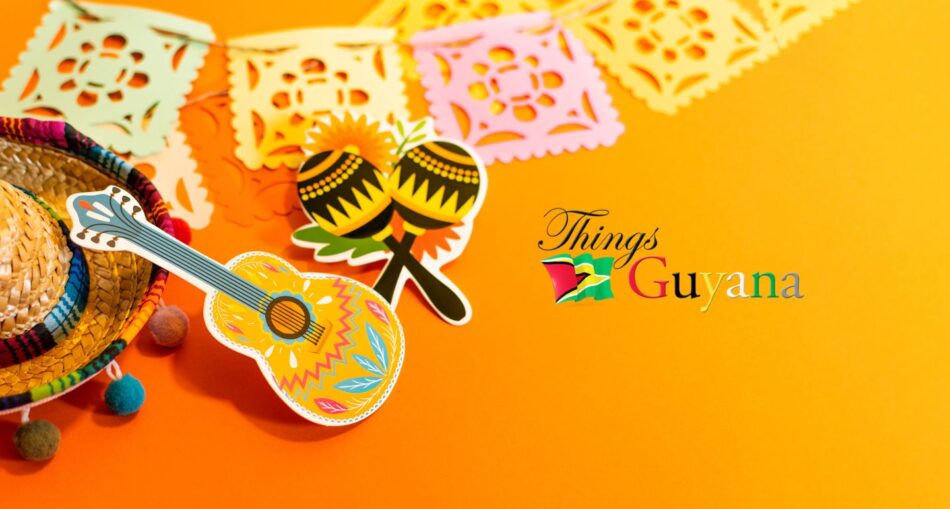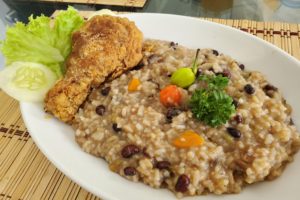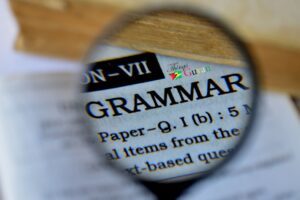Guyana’s economy is transforming, but what happens to its cultural soul? Explore how this diverse nation can preserve its heritage while embracing modern growth.
A Nation at a Crossroads
Guyana stands on the brink of unprecedented transformation. Once defined by its quiet resilience and lush, untouched landscapes, the country is now rapidly evolving—its skyline rising, its economy gaining global attention, and its name echoing in boardrooms around the world. Yet, amid this surge of progress, a question of profound national importance emerges: Can Guyana modernize without compromising the cultural identity that defines its soul?
The Essence of Guyanese Culture
Guyanese culture is not a single thread—it is a rich tapestry woven from the traditions, languages, cuisines, and values of six distinct ethnic groups. From the ancient customs of the Indigenous peoples to the vibrant legacies of African, East Indian, Chinese, Portuguese, and European heritage, Guyana is a rare and complex cultural mosaic.
This legacy is not confined to ceremonial holidays or folklore. It lives in everyday experiences:
In the rhythm of Creolese spoken in markets and homes.
In the age-old recipes passed from grandparents to grandchildren.
In the open-hearted nature of village life, where community still means something.
In the festivals that light up the country with colour, music, and faith.
Culture in Guyana is not static; it is lived. And therein lies its fragility.
The Risk of Cultural Erosion
As Guyana experiences rapid industrialization—driven particularly by oil exploration and foreign investment—there is a palpable concern that cultural preservation may take a back seat to economic ambition. New infrastructure, modern housing developments, and multinational influences are reshaping both urban and rural landscapes. While this progress is necessary and welcome, it raises the danger of cultural homogenization: a slow erasure of what makes Guyana unique in the global arena.
Without deliberate efforts, traditional practices may become museum pieces, replaced by convenience and global trends. Local dialects may fade. Indigenous knowledge may vanish. Communal values may be replaced by transactional ones.
Why Preservation Matters
Cultural preservation is not merely a sentimental undertaking—it is a strategic imperative. It anchors a nation’s identity and fosters social cohesion. In a global economy, a country’s cultural capital can be just as powerful as its natural resources.
Preserving Guyana’s heritage provides several critical benefits:
- Educational Value: Future generations must know where they come from in order to understand where they are going.
- Tourism Appeal: Culture, alongside natural beauty, forms the bedrock of sustainable tourism—a key pillar in Guyana’s Low Carbon Development Strategy.
- Social Stability: In a multicultural society, shared cultural experiences strengthen unity and mutual respect.
- Global Distinction: In a world of increasing uniformity, authentic culture sets a nation apart.
Encouraging Signs and Local Initiatives
Thankfully, the importance of cultural preservation is not going unnoticed. Several national efforts and grassroots initiatives are actively working to safeguard Guyana’s heritage:
The National Trust of Guyana continues to document and protect historical sites and artifacts.
The Institute of Creative Arts promotes the teaching of visual arts, dance, drama, and music rooted in Guyanese traditions.
Cultural festivals, such as Mashramani, Diwali, Emancipation Day, and Indigenous Heritage Month, remain vital spaces for cultural expression.
Community-led oral history projects are capturing the stories of elders before they are lost.
Moreover, the government’s commitment to sustainable development through the Low Carbon Development Strategy (LCDS) underscores the recognition that true progress must be inclusive of environmental and cultural stewardship.
What Must Be Done
To ensure that cultural preservation keeps pace with national development, the following actions are essential:
- Integrate Culture into Education: Guyanese history, folklore, and languages should be embedded in school curricula—not as electives, but as foundational learning.
- Digitize Cultural Archives: Oral histories, traditional crafts, and endangered languages should be documented and made accessible online for global and local audiences.
- Support Local Creatives: Artists, storytellers, musicians, and culinary artisans must be supported through grants, festivals, and fair market access.
- Promote Community Engagement: Villages and municipalities should be empowered to lead their own preservation initiatives with national backing.
- Balance Policy Priorities: Development plans must undergo cultural impact assessments, ensuring that infrastructure does not replace irreplaceable heritage.
A Call to Conscious Growth
Guyana’s future is undeniably bright. But brightness alone is not enough. It must be guided by wisdom, compassion, and memory. We cannot build steel and glass monuments while letting our ancestral stories crumble. Let our development be not only vertical, but deep—rooted in who we are, and mindful of what must endure.
As skyscrapers rise, let the sound of tassa, the call of the kiskadee, and the scent of cassava bread on a coal pot still fill the air. Let our identity remain as vibrant and indomitable as the land that bore us.
Because culture, once lost, is rarely recovered. And Guyana, in all her richness, is far too precious to forget.
We want to hear from you!
What part of Guyana’s culture do you hope survives the wave of development?
Drop a comment, share a memory, or tag someone who needs to read this.
Let’s keep the conversation—and the culture—alive.
Discover more from Things Guyana
Subscribe to get the latest posts sent to your email.







